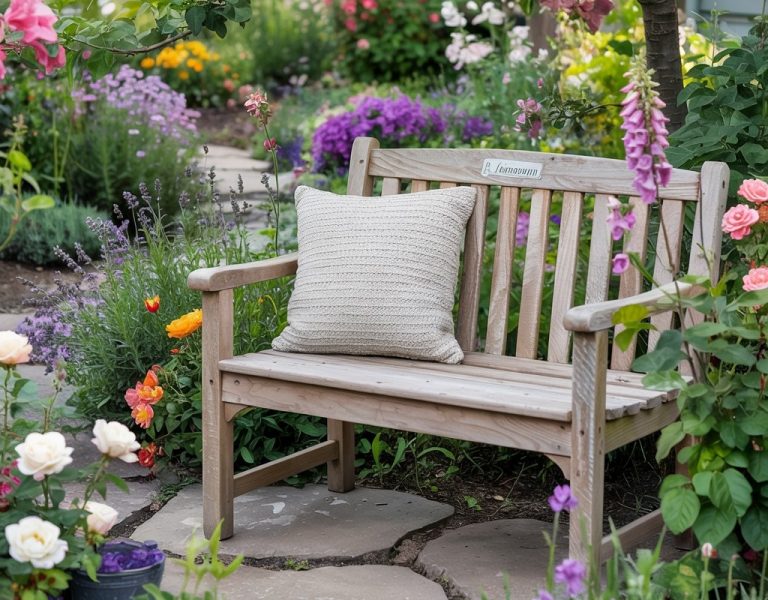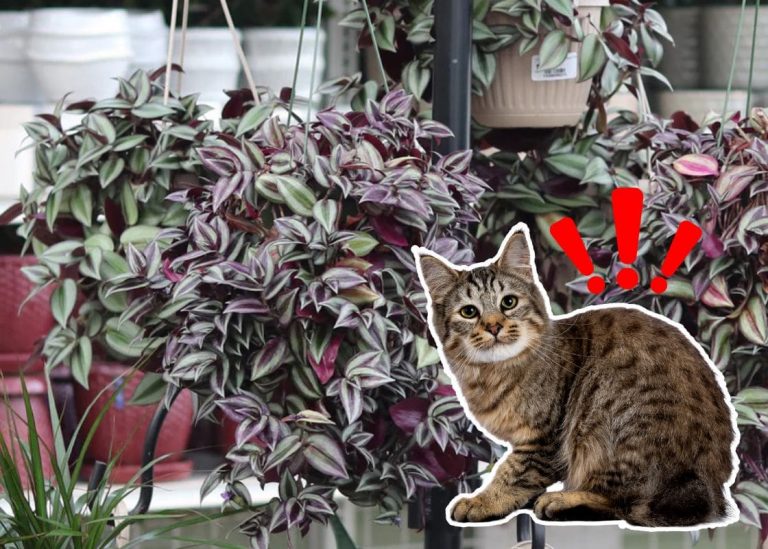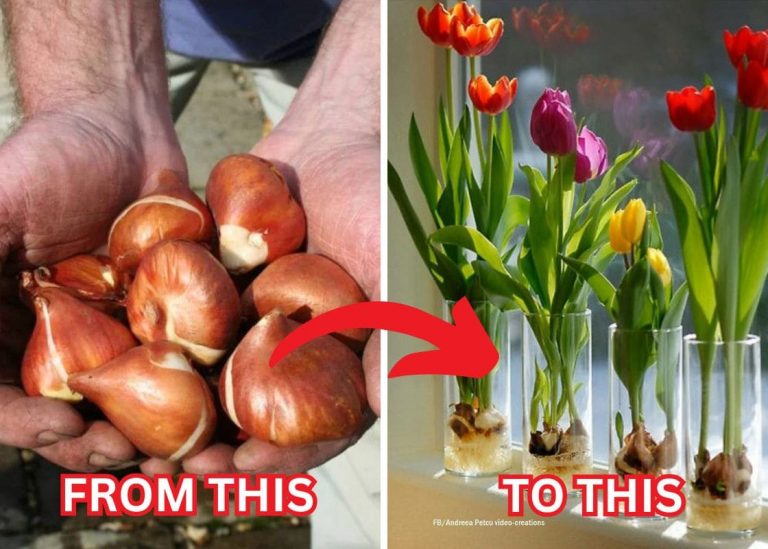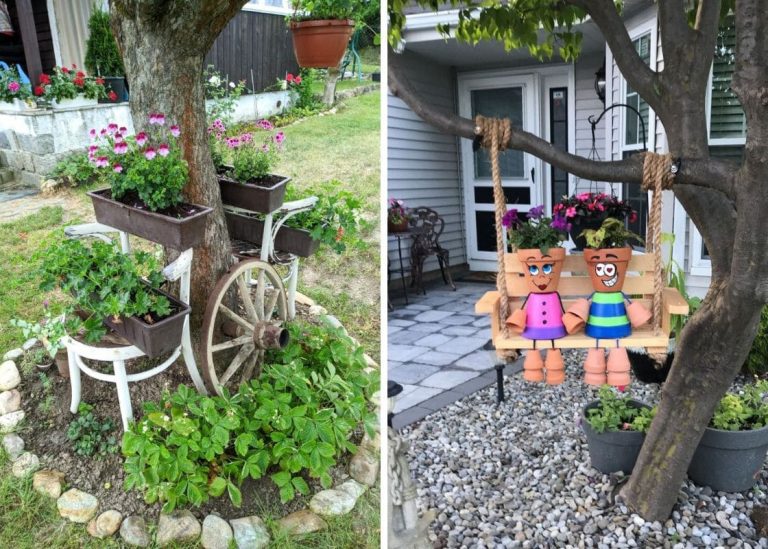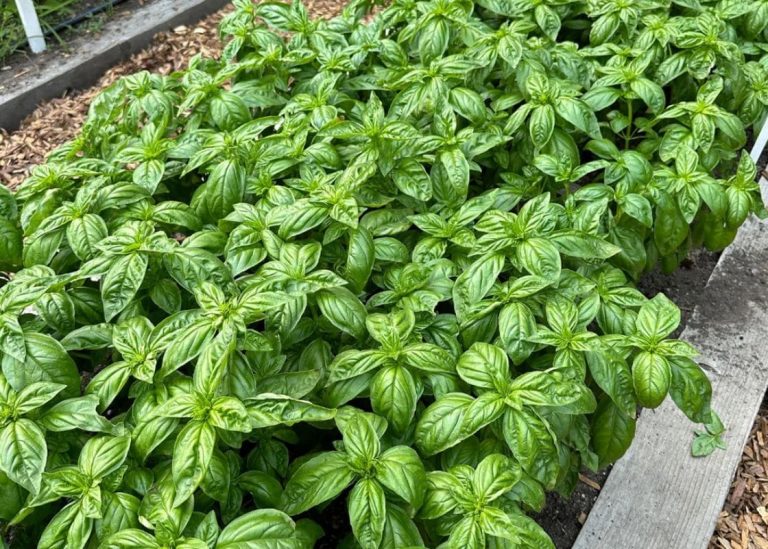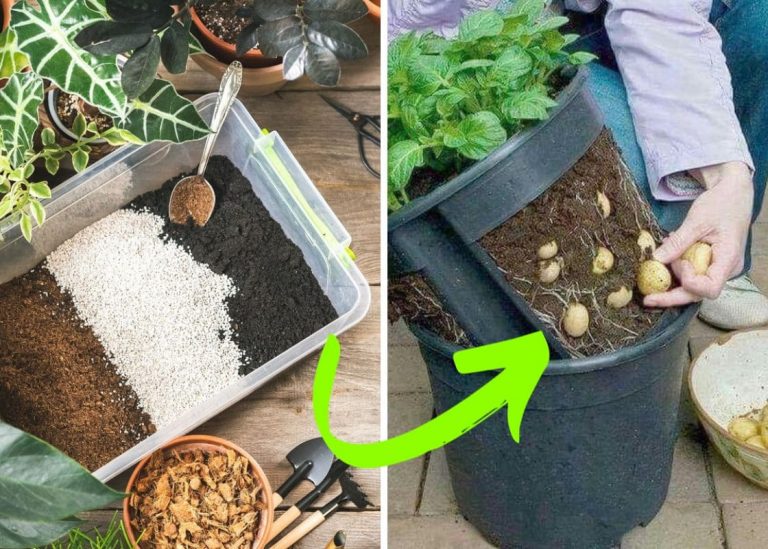What to Do When Nothing Grows: Loving the Garden Anyway
There was a summer—hot, dry, and unusually stubborn—when everything I planted seemed to give up on me. I remember standing in the middle of the yard with a watering can in one hand and a packet of cucumber seeds in the other, wondering what I’d done wrong. The tomatoes refused to flower, the zucchini shriveled after a few brave blossoms, and even the mint (yes, mint) turned brown around the edges like it had lost the will to live.
I tried blaming the soil, the weather, the moon phase, and even myself. Every morning I walked the same dusty path through the garden beds, hoping something had changed. But nothing had. And that silence—the kind that replaces rustling leaves with brittle, crackling stems—got louder with each passing week.
But here’s the thing I wasn’t expecting: somewhere between the weeds and the wilted leaves, I found a different kind of beauty. Not the lush, Instagram-worthy kind. The quiet kind. The kind that shows up when you stop chasing perfection and start paying attention. A snail trail glinting on a garden stone. A forgotten nasturtium blooming defiantly under a broken trellis. The moment I let go of the harvest I imagined, I started to see the garden I actually had.
And slowly, I learned to love it anyway.
When Nothing Grows, What Do You Do?

Failure in the garden isn’t rare—it’s universal. Every gardener I know has had a year where the compost didn’t help, the rain didn’t come, or the seeds never sprouted. So what now? You take a breath, take stock, and remind yourself: the garden isn’t broken. It’s just between stories.
Here’s how I’ve learned to navigate those quiet, disappointing seasons—with tenderness, curiosity, and just a bit of humor.
1. When the Garden Goes Quiet, Listen Closer
There’s a kind of hush that settles over a garden when nothing’s growing. No leaves brushing against each other. No bees darting between blossoms. Just stillness. One July, I walked out expecting my usual burst of zinnias—but instead, I was greeted by silence and bare soil. It felt like the garden had lost its heartbeat.
I didn’t know what to do with the emptiness at first. I weeded for no reason. I checked the compost like it could explain something. But then, during a particularly quiet sunset, I noticed something else—the shadows stretching long across the dry earth, the goldfinch tugging at thistle, the way the warm air smelled like pine and memory.
Gentle takeaway: Sometimes, when nothing grows, the garden is inviting you to slow down. To witness instead of work. To remember that not all growth is visible.
2. Map the Misses, Not the Mistakes
When everything flopped one season, I sat on my porch with a notebook, trying to make sense of it all. Not to beat myself up—but to figure out what the heck just happened. Was it the overwatering? The surprise frost in late April? That bag of “organic” compost that smelled off?
I sketched little rectangles for each garden bed and marked what grew and what didn’t. It wasn’t perfect data, but it gave me insight. I noticed one spot never got morning light. Another bed drained too quickly. Some seeds never germinated—maybe old, maybe too deep.
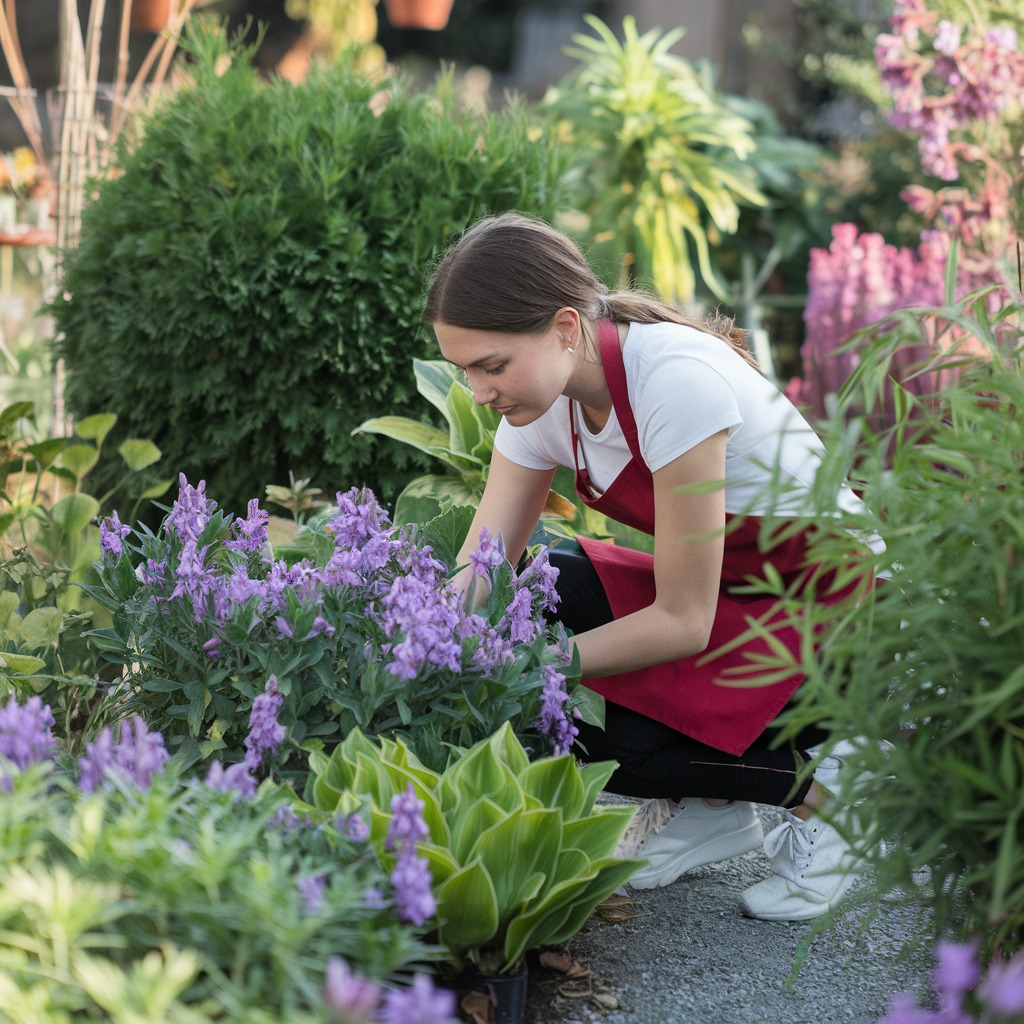
Try this:
-
Draw a rough layout of your garden (stick figures are fine).
-
Use red to mark what failed, green for survivors.
-
Add notes like “shade by 2PM” or “soil cracked.” You’ll be amazed what patterns show up.
This isn’t about blame—it’s about learning how your garden breathes.
3. Find the One Thing That Didn’t Give Up
The year my tomatoes didn’t fruit, and my beans sulked in the heat, one unexpected thing thrived: marigolds. I didn’t even plant them. They came back from last year’s scattered seeds, pushing through dry cracks like little sunbursts of resilience.
That marigold patch became my daily stop. I’d whisper to them. I’d water them gently, even when I felt silly. They reminded me something always tries to grow—even if you didn’t plan it.
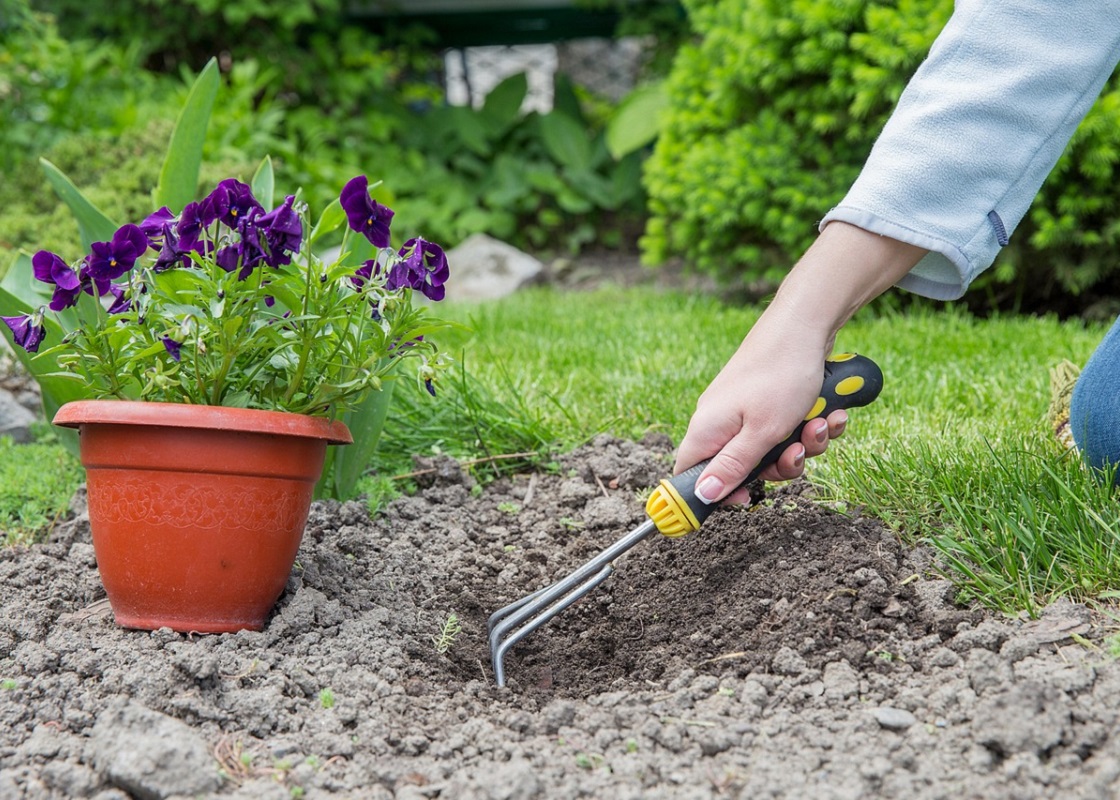
What you can do:
-
Look for your accidental hero.
-
Give it a name if you want. Mine was “Sunny.”
-
Collect its seeds. Let it anchor you next season.
Even the smallest bloom can carry the whole garden’s hope.
4. Start Small, Start Over, Start Now
One August, I was ready to give up entirely. But something in me itched to see something green. So I grabbed an old ceramic pot, filled it with leftover soil, and sprinkled in arugula seeds. Within days—tiny, peppery sprouts peeked through. It felt like a personal miracle.
That pot lived on my windowsill through September. I snipped leaves here and there. It reminded me I didn’t need a whole harvest to feel like a gardener again.

Small ways to replant hope:
-
Radishes, lettuce, and basil grow fast and don’t ask much.
-
Try herbs in a mug, sprouts in a jar, or even green onions in water.
-
Sometimes a sprout on a sill can soothe more than a whole bed of silence.
5. Let Yourself Be Sad. Then Let Yourself Be Light.
There was one summer when I cried over carrots. I’d dreamed about growing them all winter, sketched rows in my journal, checked the soil pH twice. And when I pulled them up? Nothing but stunted roots and split ends. I felt ridiculous for caring that much—and then I cried harder.
But after a while, I told a friend. She laughed and told me about the year her squash plants all got eaten in one night by deer. We swapped garden horror stories like battle scars, and suddenly, it didn’t hurt quite so much.
Here’s the truth: You’re allowed to be disappointed. You poured love and time into those seeds. But don’t stay there. Talk to someone who gets it. Share a garden fail post. Plant something weird next time, just for fun. Your garden isn’t judging you—and neither am I.
Final Thoughts: The Garden Still Knows You
If no one’s told you this yet—I’m proud of you. For showing up, even when nothing grew. For walking the garden paths anyway. For kneeling in the dirt with an empty basket, and still imagining next season’s green.
Some seasons are about abundance. Others are about paying attention. And the ones that feel the most disappointing? They often leave behind the richest lessons, hidden like seeds beneath the surface, waiting to sprout when the time is right.
You’re still a gardener—even when there’s nothing to harvest. Even when the beds are bare, the vines wither, and the effort feels invisible. You’re still tending. Still hoping. Still part of the story.

